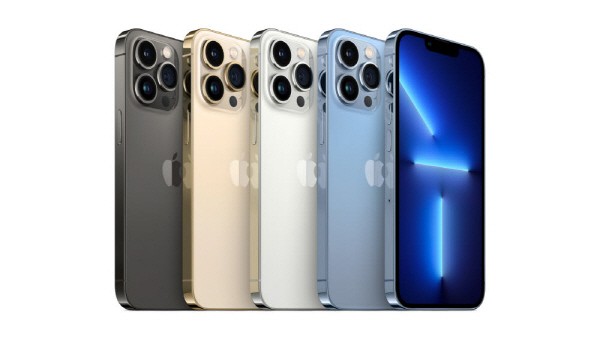Latecomers due to early production delays
All over 10 million units
As an OLED panel for premium models
Prepare for supply by bringing in some additional equipment
The proportion of displays that Samsung Display supplies to Apple's new iPhones has recently increased by nearly 10 million units. The amount of displays was transferred to Samsung Display as novice companies’ initial display production was disrupted. China's BOE benefited from the high exchange rate between KRW and USD, which helped it to supply a significantly increased amount of displays compared to the previous year even after causing controversy by changing the design without permission at the beginning of the year.
It is believed that Samsung Display has brought in some additional equipment as the amount of display supplied to the iPhone 14 has recently increased significantly. The display that will be installed in the most premium iPhone 14, Pro Max model, will be OLED display.
Samsung Display was initially planning to supply the display for the iPhone 14 Pro Max model with late-coming companies.
The iPhone Pro Max model is equipped with a low-temperature polycrystalline oxide (LTPO) thin film transistor (TFT) OLED panel with high power efficiency. LTPO OLED was first applied to iPhone 13.
There was a change in Apple's supply chain strategy as latecomers caused initial production yield problems since it was their first time to mass-produce LTPO-type OLED for mobile. It is understood that Samsung Display has received virtually all of the initial supply of the model. Hence, Samsung Display is expected to supply a total of 70 million OLED units for iPhone 14, which is the largest supplying units ever.
It is reported that China's BOE will supply 30 million OLED panels for iPhone 14; this is a significant increase compared to the previous year.

There was a possibility that BOE would have significantly reduced the iPhone 14 panel supply or in worse case scenario, it could have been eliminated as a supplier, when Apple discovered that BOE had changed the display panel arbitrarily.
However, it would be difficult for Apple to significantly reduce the supply and demand of Chinese panels in order to cut costs as the KRW-USD exchange rate reached an all-time high. Displays account for 30% of the cost of products in smartphones.
Some of the low-temperature polycrystalline silicon (LTPS) OLEDs used in general iPhone 14 models were transferred to BOE as Samsung Display faced an increase in quantity of premium models.
There will be a ‘full-change' in the iPhone 14 display by getting rid of the “M-shaped hair loss” notch design. There will only be one punch hole design equipped with only one camera. iPhone 14 is available in four types: iPhone 14 (6.1 inches), 14 Plus (6.7 inches), Pro (6.1 inches), and Pro Max (6.7 inches).
Apple's total shipment target of iPhone 14 is expected to be slightly less than 100 million units. The proportion of Pro and Pro Max shipments in this year's iPhone 14 is expected to reach 50% as demand for large screens and premium products increases.
By Staff Reporter So-ra Park (srpark@etnews.com)